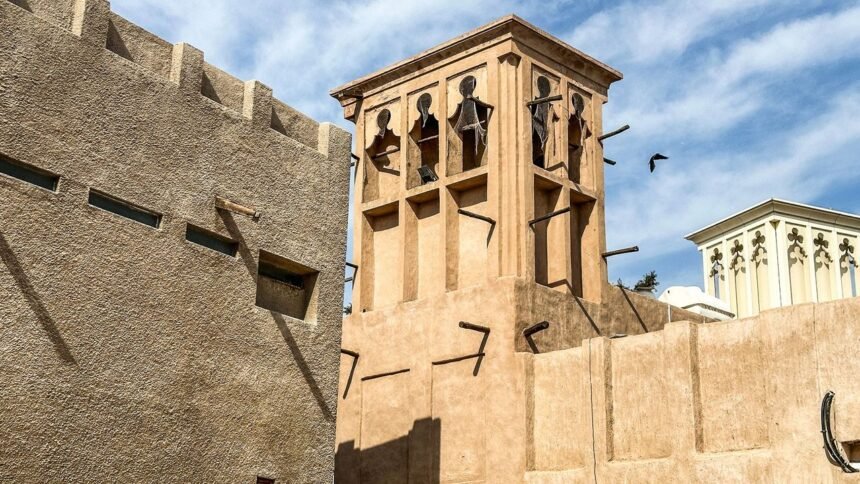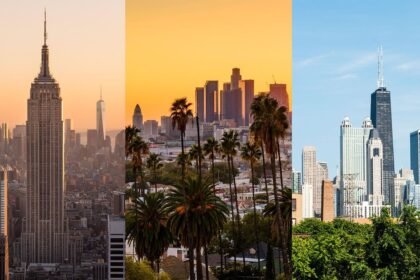Old Dubai Historic Streets and Their Cooling Secrets
Long before modern air-conditioning, Old Dubai historic streets used ingenious passive cooling techniques to keep homes comfortable in the desert heat. Today, these traditional methods are making a strong comeback as architects and urban planners look for sustainable ways to combat rising global temperatures.

The Al Fahidi Historical Neighbourhood, with its shaded lanes and tall wind towers, showcases how traditional architecture could tame the desert’s relentless sun. Built centuries ago, these streets remain a model of energy-efficient design.
Architectural Wisdom of Al Fahidi in Old Dubai
Walking through Al Fahidi, one immediately feels the difference. The narrow sikkas (alleys) provide constant shade, while tall walls and wind towers—called barjeels—capture and channel cool breezes into homes. This natural ventilation system can lower indoor temperatures by up to 10°C without any mechanical aid.
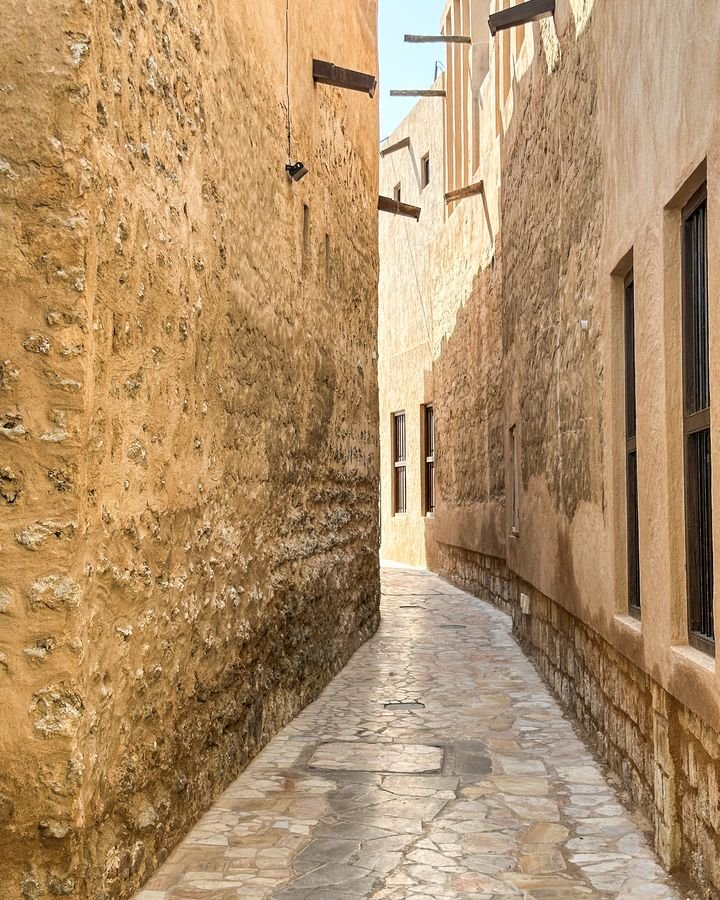
Parts of Al Fahidi date back to the 1700s. These designs are inspiring modern architects who want to create cities that stay cool naturally, even in extreme heatwaves.
Old Dubai Historic Streets and Passive Cooling Techniques
The original settlers of Dubai designed homes with features like enclosed courtyards, coral stone walls, and latticed windows (mashrabiyas) that promoted airflow and privacy. “Our ancestors created a holistic architectural system that used natural elements to manage heat and airflow,” says Ahmed Al-Jafflah, a cultural heritage expert.
Courtyards act as natural thermal regulators. At night, cool air descends into the courtyard and circulates into adjacent rooms, while mashrabiyas block harsh sunlight but allow cross-ventilation. Studies show these features can reduce energy use for cooling by up to 18%.
Reviving Old Designs for Modern Cities
Modern urban projects in the UAE, like Masdar City in Abu Dhabi, incorporate Old Dubai passive cooling techniques. The city’s narrow streets and wind towers reduce heat absorption and create microclimates that are up to 10°C cooler than surrounding areas. As a result, Masdar City consumes 40% less energy than conventional developments.
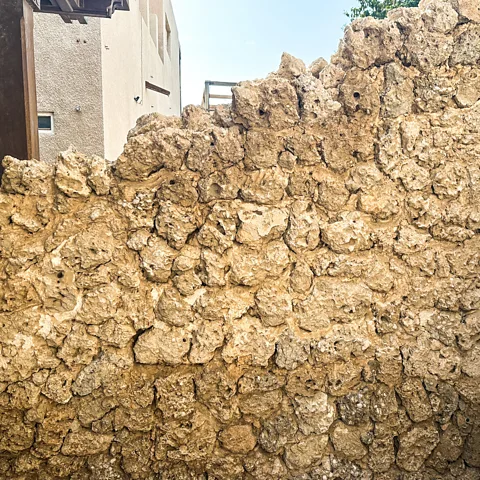
Residential complexes like Madinat Jumeirah also feature modern barjeels, narrow walkways, and greenery to maximize shade and airflow. Even religious and cultural buildings, like Khalifa Al Tjer Mosque, adopt wind-catching features to reduce dependency on artificial cooling.
Global Influence of Emirati Design
Dubai’s historic cooling strategies are now influencing architecture worldwide. The Louvre Abu Dhabi uses a mashrabiyas-inspired dome to filter sunlight. In London, the Royal Chelsea Hospital employs wind-catching concepts, while similar techniques appear in buildings in the US, Japan, and India. Old Dubai historic streets.
“These approaches can be adapted globally by tailoring designs to local climates,” notes sustainable architecture researcher Sherihan Alshahed. “By combining traditional techniques with modern technology, we can reduce energy consumption and mitigate climate challenges.”
A Sustainable Future Inspired by the Past
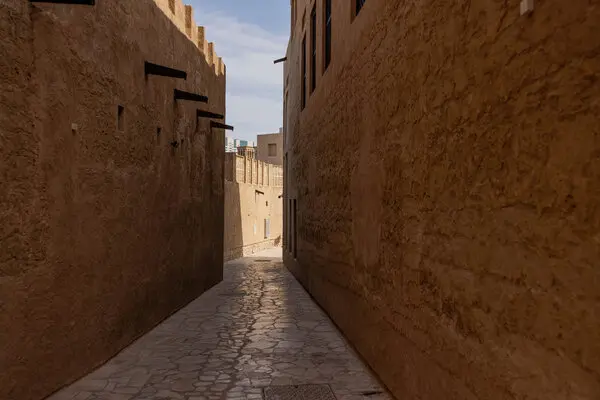
The enduring wisdom of Old Dubai’s architecture demonstrates that cooling cities sustainably does not require high-tech solutions. “Understanding the environment and working with it, not against it, is key,” says Vrushali Mhatre, an interior design professor. “These passive techniques offer a roadmap for the future of eco-friendly urban living.”
